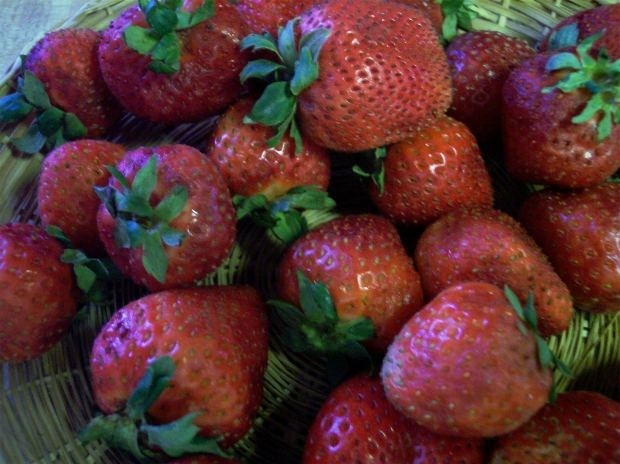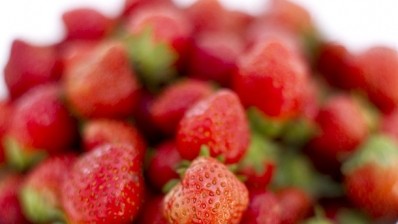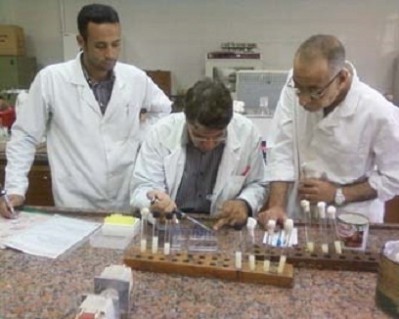Hepatitis A outbreak from Egypt linked to strawberries

A total of 14 European Union (EU)-European Free Trade Association (EFTA) countries reported 107 illnesses.
Twenty-one cases from six countries were affected by strains of sub-genotype IB harbouring identical RNA sequences, suggesting a common source outbreak.
Contaminated strawberries or mangos were the likely vehicles of the outbreak.
However, there was no evidence of a link between the outbreak and the other concurrent strawberry-associated outbreaks in Europe as the HAV strains differ.
Norway report
The Norwegian Institute of Public Health reported an increase in Hepatitis A virus (HAV) infections in people returning from Egypt compared with the normal annual rate.
Following this notification, several EU-European Free Trade Association (EFTA) countries reported cases with disease onset after 1 November 2012 and recent travel history to Egypt.
The International Outbreak Investigation Team (IOT) developed a trawling questionnaire to generate hypotheses on potential risk exposures.
The authors of the report designed a case–control study to identify risk factors associated with disease transmission by testing hypotheses on exposures found through the trawling questionnaire.
A total of 107 cases (21 confirmed and 86 probable) were reported from Denmark (8), Estonia (1), Finland (2), France (9), Germany (44), Ireland (2), Latvia (1), Lithuania (3), the Netherlands (10), Norway (7), Slovakia (2), Sweden (6), Switzerland (3) and the UK (9).
Thirty cases were interviewed with the trawling questionnaire in May 2013, including 11 confirmed and 19 probable.
Twenty-seven of the 60 cases eligible for the case-control study were interviewed with the questionnaire between June and August 2013 and 13 controls were included.
Strong strawberry association
Cases were more likely than controls to have consumed strawberries, raspberries and mango in any form with strawberry exposure mentioned by 17 of 21 cases.
The association to strawberries appears to be the most likely source, given the strawberry production season in Egypt spans from December to April, which coincides with the outbreak timing.
The report found that the outbreak was most likely foodborne with transmission at the hotel premises, as other exposures did not concur between cases. Most cases only ate at the hotels and never left the grounds.
“Since the genetic substitution rate in HAV is considered unusually low and several cases with identical HAV-strains were identified, a common source was suspected,” said the researchers.
“However, multiple sources cannot be excluded and we were not able to compare full-length sequences of the HAV strains, which could have confirmed the genetic relatedness between the outbreak isolates.”
The investigation was done with several public health institutes in Europe, ECDC, WHO and local Egyptian authorities.
Cooperation, involving epidemiological and microbiological investigations, was essential in an outbreak affecting several countries and occurring in a popular holiday destination and should be promoted and reinforced if similar multistate outbreaks occur in the future.
“However, outbreaks affecting Europeans outside EU are often challenging to investigate,” said the researchers.
“Initial difficulties should not, however, discourage the investigations of events putting European travellers at risk, especially when recurrently happening in very popular destinations.”
Source: Eurosurveillance, Volume 20, Issue 4, 29 January 2015
“Multistate foodborne Hepatitis A outbreak among European tourists returning from Egypt – need for reinforced vaccination recommendations, November 2012 to April 2013.”
Authors: J Sane, E MacDonald, L Vold, C Gossner, E Severi

















